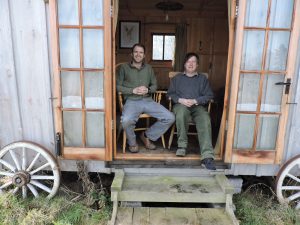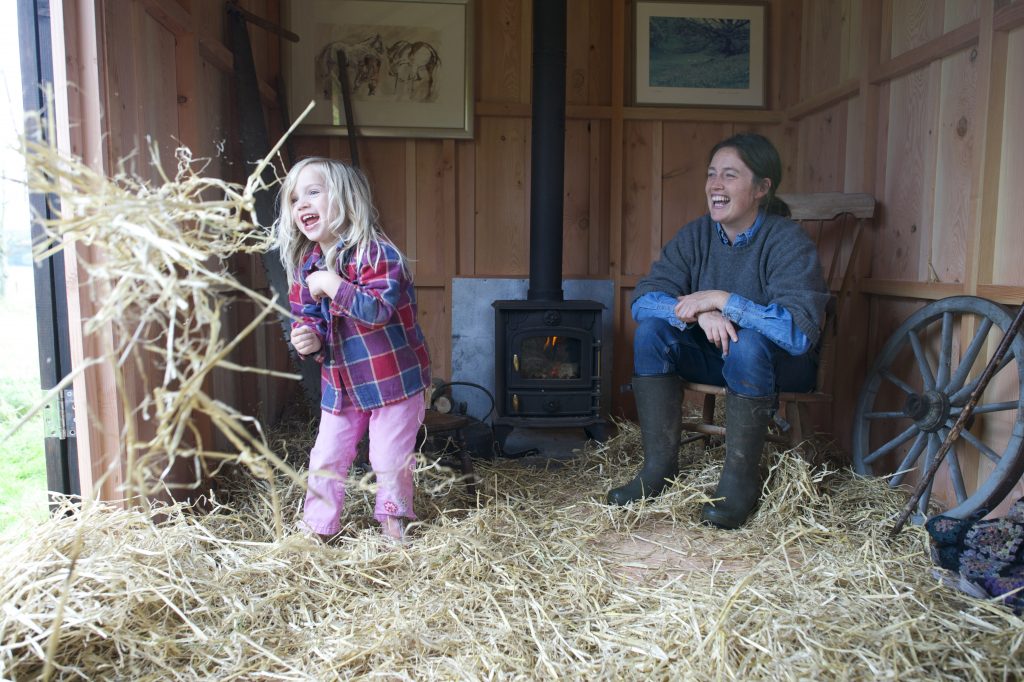It was once a common sight across much of the British countryside, allowing farmers to watch over their flocks by night, particularly during the lambing season.
The humble shepherd’s hut has been brought back to life by the Chippendale school, with a permanent hut in Scottish Douglas Fir beside the school’s driveway and another recently commissioned for a nearby landowner.
The traditional hut was a small one-room structure with cast-iron wheels and, internally, contained a bed for the shepherd, some basic amenities such as a stove, and feedstuffs and medicines for the animals.

The first recorded shepherd’s hut dates back to the 16th century and they were a common rural fixture in the 18th and 19th centuries. During World War II they were sometimes used as Home Guard outposts or as accommodation for prisoners-of-war working on farms. However, by the 1950s, very few remained.
The Chippendale school believes that there are new markets for the shepherd’s hut – everything from home offices and spare bedrooms (with indoor toilet and shower facilities) to outdoor gyms, storage sheds or workshops.
With the shepherd’s hut being of limited size and with wheels, it more resembles a caravan than a fixed structure, and not normally subject to planning regulations.
Anselm Fraser, Principal of the Chippendale School, said: “Our intensive 30-week courses teach students traditional woodworking skills, as well as practical business skills to turn their craftsmanship into commercial success.
“But we also want our students to realise that excellence in woodworking can be put to use in different ways – for example, boatbuilding or, in this case, bringing an almost-forgotten part of the past back to life.”
Prices for the shepherd’s hut are available from the Chippendale school and depend on interior fit-out and configuration. Visitors to the school are always welcome during office hours.
Tom Fraser, deputy principal, and Anselm Fraser, principal, relax in the school’s shepherd’s hut while, main picture, friends also enjoy themselves.
